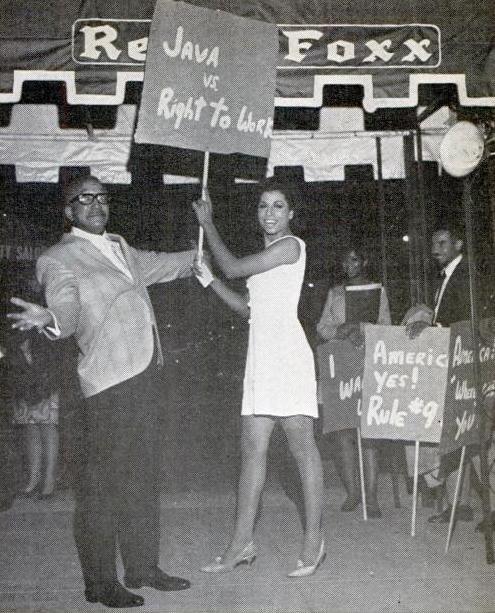#girls like us




Stunning transgender model Amit Reuven
She is an Israeli Trans Model




❤ Matthew Marionette , a 25 year old pretty crossdresser from Sardinia , Italy




Wow, amazing 35 year old crossdresser Hilary Walker



Stunning Crossdresser “Melanie Morgan” from Vancouver

Maryse M , Stunning blonde Crossdresser in lovely dress and stockings

Juliette Noir , a 44 year old pretty crossdresser from UK

Juliette Noir , a 44 year old pretty crossdresser from UK
Natalia Stewart, a wonderful crossdresser in a bridal custome? What a lovely white custome



Spanish crossdresser “Andrea Txiki Martinez” from Bilbao, Spain ❤❤❤
She looks so pretty



Spanish crossdresser “Andrea Txiki Martinez” from Bilbao, Spain ❤❤❤
She looks so gorgeous



Stunning mature crossdresser “Lisa Spano” in Floral Dresses ❤




Kathryn , a stunning and pretty tgirl



Emeline , a 20 year old pretty crossdresser from Lyon ,France




Emeline , a 20 year old pretty crossdresser from Lyon ,France





❤ Matthew Marionette , a 25 year old pretty crossdresser from Sardinia ,Italy



Emilia Kotek , 26 years old Crossdresser from Poland



Emilia Kotek , 26 years old Crossdresser from Poland

Stunning british crossdresser Maryse M ❤

Stunning british crossdresser Maryse M ❤




Stunning transvestite Maria Morgan in a wedding lingerie on honeymoon night ❤
by Mel Goldsipe | Massachusetts Transgender Political Coalition
Like so many parts of American history, popular culture depicts transgender history as one in which white leaders paved the way for everyone. But, as our community has to keep reminding people, it was trans women of color who led the Stonewall riot and set off the gay rights movement in this country.
The work of countless black trans warriors have made significant impacts on equal rights and visibility throughout history. These pioneers forged ahead despite intersecting challenges and oppressions. Here are just five of the many black trans women whose influence has helped shape the transgender community as it is today:
1. Lucy Hicks Anderson

Lucy Hicks Anderson was a pioneer in the fight for marriage equality. She spent nearly sixty years living as a woman, doing domestic work, and working as a madam. During the last decade of her life, she made history by fighting for the legal right to be herself with the man she loved.
After marrying her second husband, soldier Reuben Anderson, in Oxnard, California, in 1944, local authorities discovered that she was assigned male at birth. The couple was charged with perjury for marrying despite their both being legally male, resulting in ten years of probation. Standing up to the charges against her, Anderson said, “I defy any doctor in the world to prove that I am not a woman. I have lived, dressed, acted just what I am, a woman.” Years later, Anderson and her husband were charged again, this time with fraud after she received federal money reserved for military spouses. Both went to prison and were banned from Oxnard upon their release.
Lucy Hicks Anderson spent the remainder of her life in Los Angeles until her death in 1954, at age 68, leaving behind a legacy of authenticity and determination in the face of unjust laws.
2. Carlett A. Brown

Carlett A. Brown discovered that she was intersex during physical exams she received while serving in the Navy during the 1950’s. After her discharge, she worked as a female impersonator and shake dancer to earn money for gender affirmation surgery.
Finding that the surgery she needed was not yet legal in the United States, Brown found a surgeon in Denmark, where the first SRS was performed in 1952. She soon learned that these operations were only available to Danish citizens, prompting Brown to renounce her US citizenship and apply for citizenship in Denmark, which would also allow her to change her legal gender and marry her boyfriend, Sgt. Eugene Martin, who was stationed in Germany.
Before she could leave the US, though, Brown was arrested for cross-dressing, followed by an order to pay back tax money she owed the government. While it is unclear if she ever became what was being dubbed “the First Negro Sex Change,” she remains known for her perseverance, having been quoted as saying, “I feel that female impersonators are being denied their right of life, liberty, and the pursuit of happiness when they are arrested for wearing female clothes …”
3. Sir Lady Java

Sir Lady Java worked as a performer and female impersonator based in Los Angeles, California, during the 1960s. The city’s Rule No. 9 made it illegal to “impersonate by means of costume or dress a person of the opposite sex” and was used frequently by authorities to break up such shows to arrest gay and trans people for a number of laws used against them.
As Sir Lady Java became increasingly popular, packing local bars and clubs to see her performances, authorities began targeting her directly. Recognizing this violation on her civil rights and the impact this had on other local trans people, she fought back. Joining forces with the ACLU, Sir Lady Java took Rule No. 9 to court and brought the LGBT community together through public rallies and protests.
While she was not able to get the ordinance struck down because it was determined she didn’t have legal standing to file the lawsuit, Sir Lady Java nonetheless paved the way for Rule No. 9 to be stuck down two years later.
4. Marsha P. Johnson

Marsha “Pay No Mind” Johnson was an activist, performer, model, sex worker, and mother figure to many young trans women in New York during her lifetime. A figurehead of the transgender community in Greenwich Village, Johnson was one of the first Stonewall instigators and was deeply influenced by her experiences being homeless and hustling for survival.
Along with fellow trans activist Sylvia Rivera, she founded Street Transvestite Action Revolutionaries (STAR) in 1970. STAR provided shelter, clothes, and support for young homeless trans women and drag queens. Johnson and Rivera worked tirelessly to ensure that those she cared for did not have to engage in sex work or find other high-risk activities for income.
In July 1992, Marsha P. Johnson was found dead in the Hudson River at age 48. While her death was ruled a suicide, those who knew her and within the community maintain that she was murdered (she had frequently dealt with severe harassment). The case was reopened in 2012.
5. Miss Major

Miss Major is commonly referred to as a guiding elder of the transgender community and one of the most significant pioneers of today’s trans rights movement. She has been a voice for trans women for more than 4 decades.
A participant in the original Stonewall Riots, she worked to organize fellow sex workers in the 1970s and continued on to become a leader in prison abolition and trans rights. Currently, Miss Major is the Executive Director of the Transgender, Gender Variant, Intersex Justice Project(TGIJP), an organization working “against imprisonment, police violence, racism, poverty, and societal pressures” for transgender women of color and their families.
You can learn more about Miss Major through the documentary, MAJOR!.
